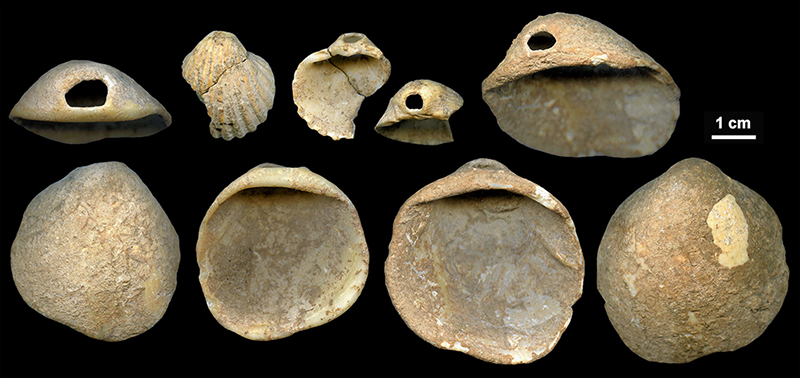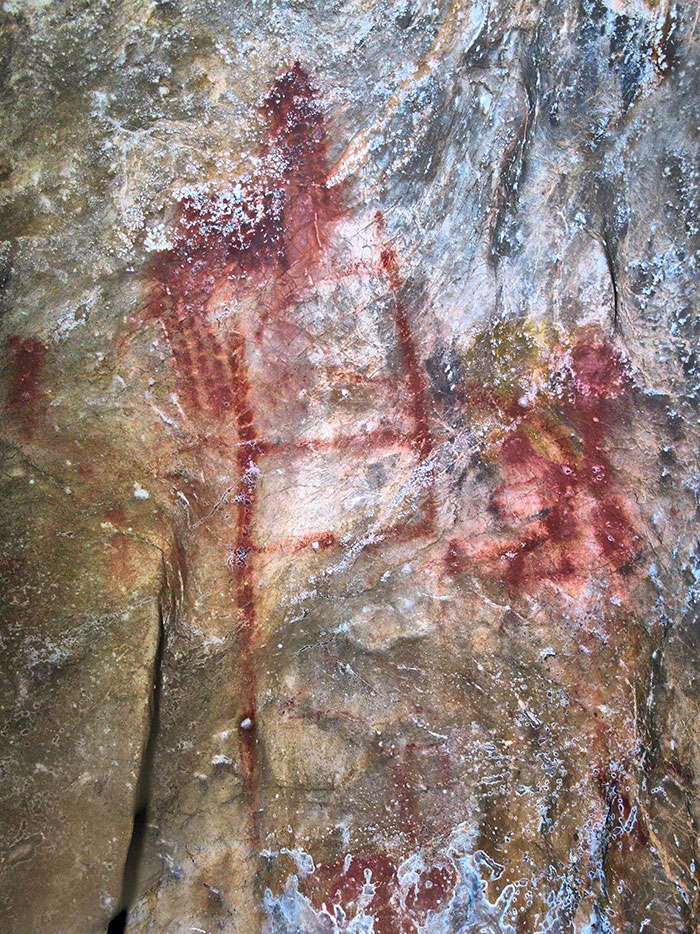The dating of calcite formations overlying cave paintings and archeological deposits proved that, in Iberia, rock art (geometric designs, hand stencils, drapery painting) was being made >65,000 years ago, and that personal ornamentation (body painting, beads) goes back in time even further, to >115,000 years ago. This evidence predates by tens of thousands of years the comparable material culture currently known in the African continent, and conclusively demonstrates the cognitive and behavioral modernity of the so-called Neandertal people — the sole inhabitants of western Eurasia between about four hundred and about forty thousand years ago. Coupled with the physical anthropological and genetic evidence for extensive interbreeding at the time of contact with so-called anatomically modern populations of African ancestry, this evidence also demonstrates that, despite the minor “racial” differences, Neandertals belong in our species, Homo sapiens.
Reference

